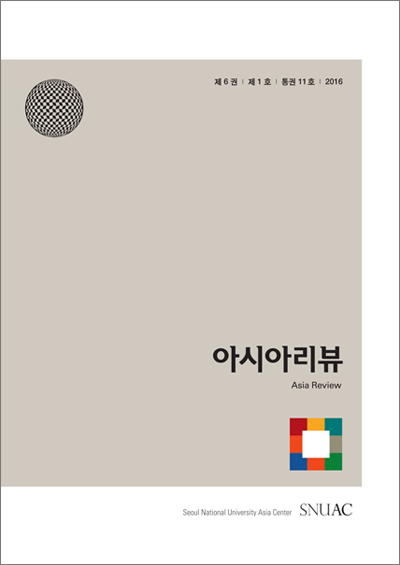The publication in 1962 of a controversial book titled Gharbzadegi by prominent Iranian writer Jalal Al-e Ahmad (1923-1969) marks a critical moment in the formation of the mid- and late-twentieth century perceptions of Iranian intellectuals about the relationship between their country’s past, present, and future. Gharbzadegi’s piercing criticism of the prevailing order under the Pahlavi monarchy struck a chord with many dissident Iranians, and despite a government ban on its distribution clandestine copies of the book travelled far and wide. Six decades later, Gharbzadegi continues to generate debate and disagreement. For some readers, the book is a nostalgic call for a return to an authentic past, a retreat to tradition in the face of modernity. For others, it exhibits a reimagination of modernity and an alternative vision of the future. Most agree that Al-e Ahmad’s chastising rhetoric is motivated by a discontent with what he saw as the Westernizing bent of the Pahlavi state’s modernization program.
The term gharbzadegi, which was originally coined by the Iranian philosopher Ahmad Fardid, has been variously translated to English as occidentosis, Westoxication, Westoxification, Weststruckness, plague from the West, Westitis, Westernmania, and Euromania. Al-e Ahmad conceives of gharbzadegi as a type of intellectual and cultural paralysis caused by colonial and neocolonial relations of dependency between “the West” and “the East.” By the former he means the dominant industrial economies which utilize the machine to transform raw materials into sophisticated value added products that can then be marketed on a global scale. By the latter he means formerly colonized, and currently underdeveloped, countries of Asia, Africa, and Latin America that supply raw materials to and purchase manufactured products from the wealthy and developed countries of the West (Al-e Ahmad, 1962/2006: 15). These asymmetrical relations render the East dependent not only on Western technologies and manufactured goods, but also on Western cultural, intellectual, and aesthetic standards (Al-e Ahmad, 1962/2006: 19). As a result, Eastern countries such as Iran increasingly take on the appearances of the West while losing their own unique “cultural-historical character” (Al-e Ahmad, 1962/2006: 20). This condition, Al-e Ahmad further observes, has created in mid-twentieth century Iran a widening gap between the ruling elites who are increasingly Westernized in their consumption patterns, and the masses who are largely disenfranchised from the state-driven modernization and who opt to take refuge in tradition (Al-e Ahmad, 1962/2006: 73, 89).
For Al-e Ahmad, as a colonially induced manner of cultural self-alienation, the affliction of gharbzadegi disrupts the continuum in Iranian society between past, present, and future. He deplores that in the school and university curriculum there is “no indication of engagement with tradition, no trace of the culture of the past … no relationship between yesterday and tomorrow” (Al-e Ahmad, 1962/2006: 148). This erasure of the past in the modern education system, he believes, reinforces self-alienation and perpetuates the paralysis of gharbzadegi. The inevitable product of such an education system is a gharbzadeh (Westoxicated or Weststruck) person with no meaningful relationship with the local culture and tradition; “a being with no connection to the past and no conception of the future” (Al-e Ahmad, 1962/2006: 117). The gharbzadeh person is incapable of thinking outside of Eurocentric frames of reference, undertaking innovative scientific research, or producing original art. “Among Iranian painters and architects,” Al-e Ahmad writes, “it is rare to find those who do not imitate Western styles and whose works are characterized by artistic authenticity and innovation.” He adds: “We have even gotten to the point of importing judges and critics from the West to evaluate the work of our painters” (Al-e Ahmad, 1962/2006: 152). And a few pages later:

